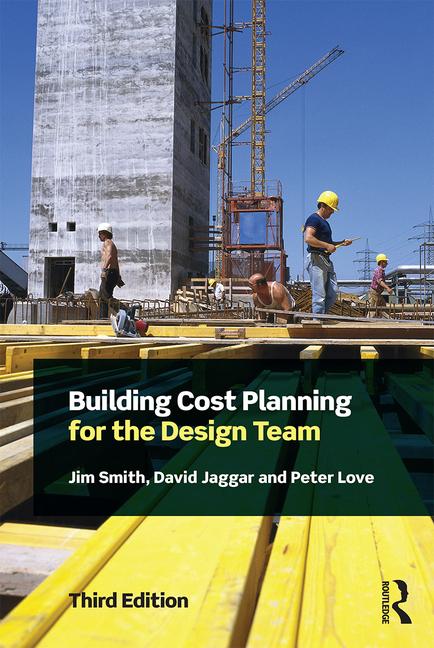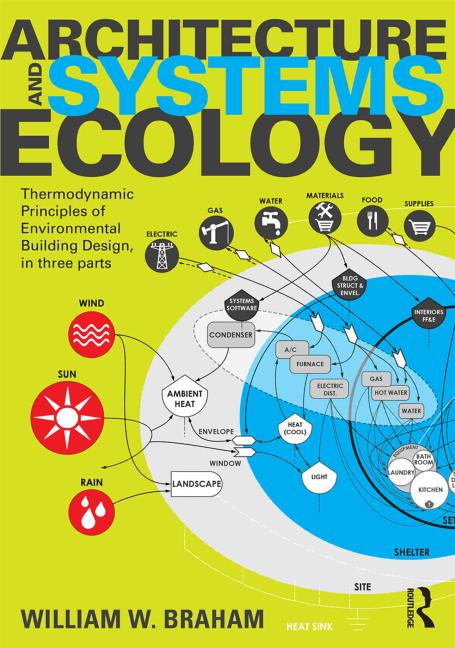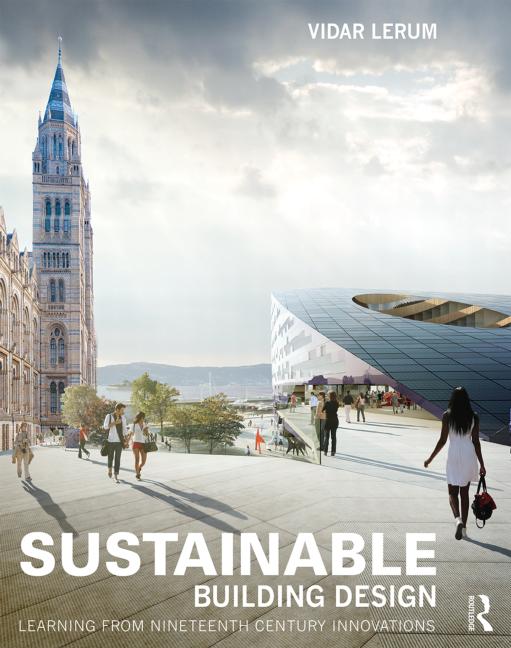2020 Airport of The Future Design Competition
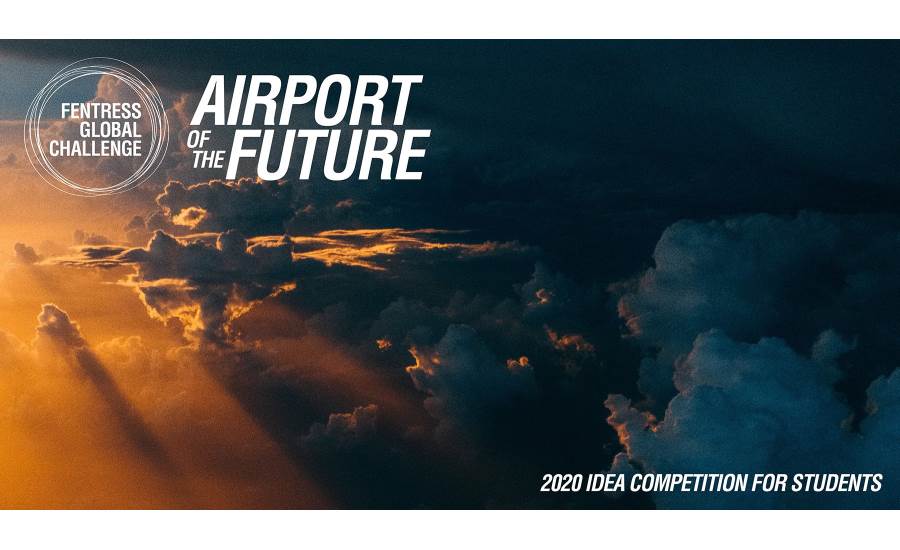
This week Fentress Global Challenge (FGC) launched its 8th annual international idea competition: Airport of the Future 2020. Students and recent graduates from around the world are invited to compete as they envision the airport terminal building of year 2100. Submissions will be judged on innovation and creativity, responsiveness to the site, sustainability and resiliency, and functionality.
Inaugurated in 2011, FGC has garnered thousands of entries from over 75 countries. In doing so, it represents an extraordinary exploration into the future of architecture and continues to advance the pursuit of innovative design in public architecture.
Curt Fentress, founder of Fentress Global Challenge and member of the jury, describes the competition: “Fentress Global Challenge is an incredible way for our firm to engage with students worldwide. Year after year, I remain impressed and inspired by the creativity, ingenuity, and skill represented in this next generation of designers.”
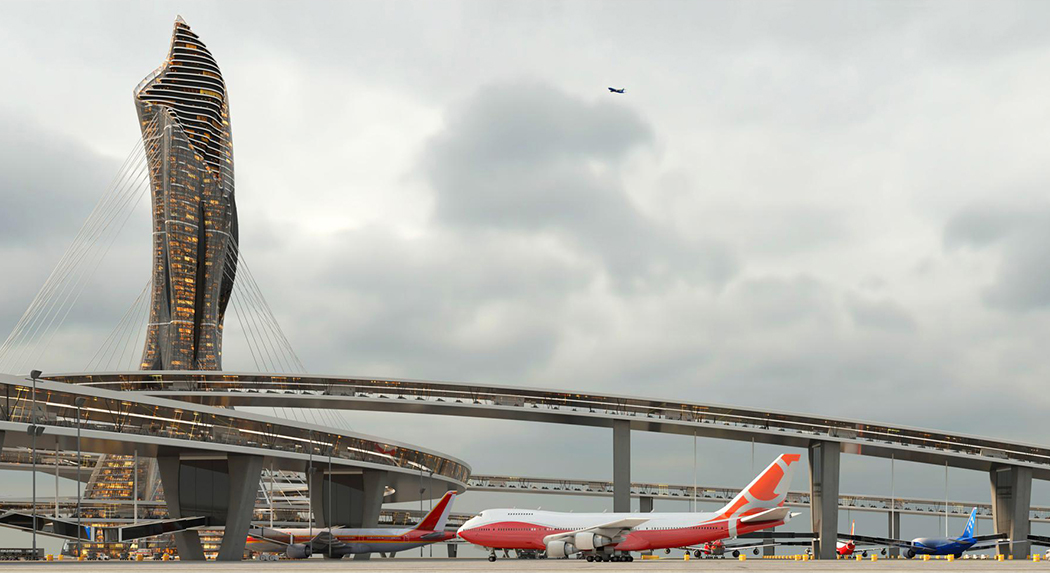
2019 1st Place Winner: Daoru Wang, North Carolina State University
Fentress’ expertise in airport design and aviation is one reason the focus of FGC remains Airport of the Future. The other reason is that despite a multitude of technological advances over the past decade including video conferencing and drones, the proliferation of airports worldwide continues.
While the airport terminal—conceived a century ago—is a relatively new architectural typology, it has since its inception held equal importance with quintessential civic buildings: city halls, courthouses, libraries, museums, and theaters. Yet, airports are uniquely complex, and they are more than just high-volume transportation hubs.
Increasingly, airports are also workplaces, centers of commerce, recreational outlets, and cultural resources.
Entrants in FGC: Airport of the Future 2020 are challenged to envision the terminal building of year 2100. All manner of responses are encouraged—from highly speculative visions to more practical adaptations of current solutions. Governing the responses are five guidelines:
- Create a new airport terminal concept. Entrants are encouraged to utilize forecasts for population, environmental conditions, modes of travel, and potential destinations in the creation of their concept.
- Employ Fentress’ Touchstone 2: Use Context to Create Identity. “Context is more than an intellectual consideration of the history or physical appearance of a neighborhood, city, or state, and it’s more than the way new will live with old. Context draws on the senses, the sights, smells and memories that define a place and make it unique. Context grows from community, and people respond to it.” For more on Fentress’ Eight Touchstones of Design: https://fentressarchitects.com/design-philosophy.
- Improve upon at least one primary factor influencing airport terminal building design in 2100. Entrants are encouraged to make projections about the factors that will most influence airport architecture in the future. Examples of factors include mobility, urbanization, globalization, technology, flexibility, security, project feasibility, and passenger experience.
- Achieve sustainability and resiliency. Sustainable design is the creation of places that are environmentally responsible, healthy, equitable, and profitable. Resilient designs are capable of adapting to changing conditions and maintain or regain functionality in the face of natural and manmade disasters.
- Site the new terminal at one of the world’s 20 busiest airports as of 2018 by passenger volume.
- The deadline for submissions is July 1, 2020. A first-round jury, announced in the coming months and comprised of distinguished experts from multiple industries, will shortlist fifteen (15) designs from which a second-round jury will select the three finalists. First place will receive US$15,000 in cash and prizes. Four additional entires will also receive cash awards.
For more information and to register, visit: https://www.fentressglobalchallenge.com
Looking for a reprint of this article?
From high-res PDFs to custom plaques, order your copy today!






